
Imagining the future, from space travel to … sex police?
Science fiction and comics have gone hand-in-hand for nearly a century. There are, obviously, the old standbys of a bygone era — Alex Raymond’s Flash Gordon, Osamu Tezuka’s Astro Boy, Jodorowsky’s The Incal, and, of course, Paper Girls, Ex Machina, Saga, Y the Last Man and basically every other title you could try to name from writer Brian K. Vaughn. These comics have set the standard for all who followed in their footsteps, in comics and beyond.
They have changed the face of the entire science fiction, as the genre has moved and shifted with the times. The last 15 years have offered all-new themes, backgrounds, and experiences from creators with all-new perspectives. As the voices of sci-fi comic creators become bolder and more unique, so do the stories we get to experience, creating a whole new realm of what it means to fit into the sci-fi genre of comic books.
The 15 comic books below are a result of decades of growth, both in the comics industry and in the science fiction genre as a whole, offering up newly groundbreaking and transgressive additions to the running list of important sci-fi comics to get your hands on.
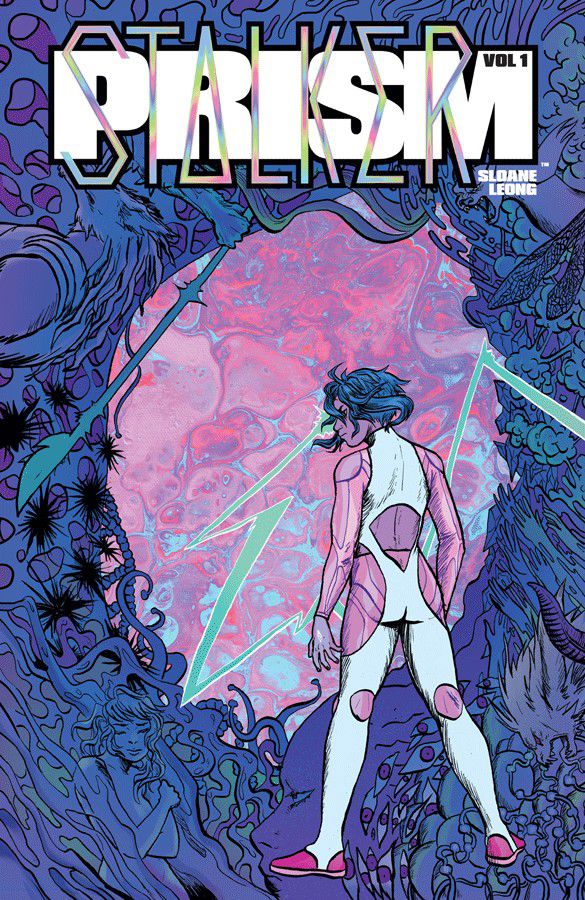
Image: Sloane Leong/Image Comics
Prism Stalker by Sloane Leong (2019)
The concept of colonizing space is a much-beloved theme used within comics and prose sci-fi alike, but Image Comics’ Prism Stalker, from writer and artist Sloane Leong, subverts almost all expectations audiences may have for a space-faring adventure.
Prism Stalker tells the story of Vep, a young indentured refugee, forced to help a military firm settle a new world. The planet teems with psychedelic forces and untapped telekinetic ecology, and Vep is tested not only by her surroundings, but by her own new abilities.
Aside from some beautifully rendered artwork full of life, color, and texture, Leong offers readers a new take on colonization and diaspora through futuristic space travel, and marries them to a stunning display of psychedelia through bizarre and impressively unique character design.

Image: Chip Zdarsky/Image Comics
Sex Criminals by Matt Fraction and Chip Zdarsky (2013)
Time travel has been a part of science fiction as long as the genre has been alive, with some of the best minds of literary fiction taking hold in explaining how the time-hopping, mind-boggling phenomenon could occur… And then there’s Matt Fraction and Chip Zdarsky’s gut-busting sci-fi comedy Sex Criminals, which ponders what could happen if you could freeze time when you orgasm hard enough.
The story is the same with a lot of romances: Boy (Jon) meets girl (Suzie) at a party, boy and girl sleep together, turns out boy and girl share the same ability to stop time when they reach climax. With that shared ability, it feels like the sky’s the limit, and the two go on a whirlwind spree of adventures. Relationships can get hard, even when they’re fun, however — and sometimes, the Sex Police are also out to get you for all your time-hopping, by using their own orgasm powers.
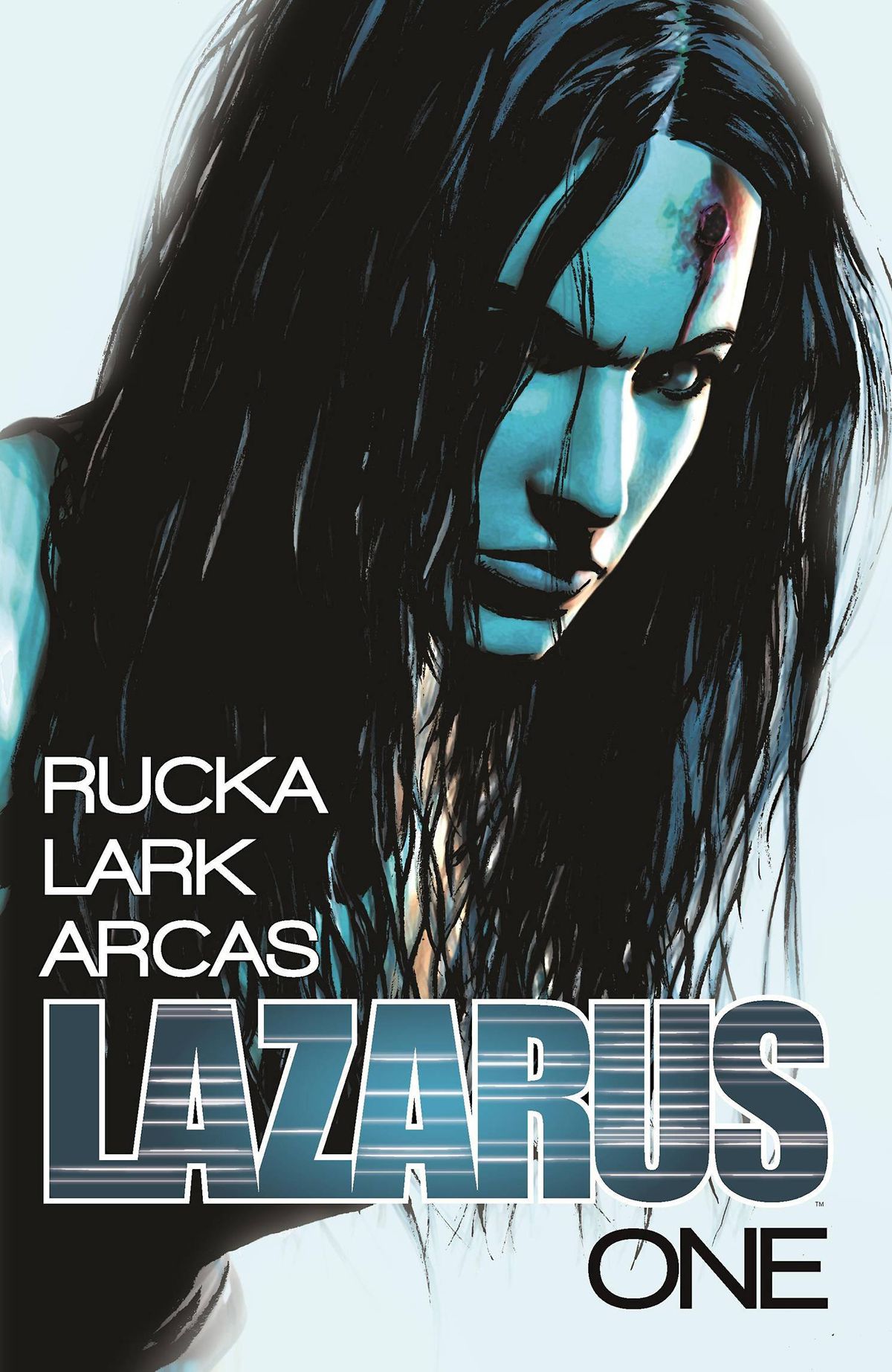
Image: Michael Lark/Image Comics
Lazarus by Greg Rucka and Michael Lark (2013)
It’s hardly a new idea to suggest that humanity will revert to a feudal system in a post-apocalyptic scenario, but thankfully, The Old Guard’s Greg Rucka and artist Michael Lark add a new twist to the formula in their ongoing Image Comics series Lazarus: Each of the 16 corporate-style ruling families who control the world’s meager resources have something called a Lazarus — a specially trained warrior who’s been outfitted to the family’s requirements and given one mission only: Defend that family’s honor, no matter what.
The central character in the series is Forever Carlyle, a Lazarus who’s left questioning her role in the family (and beyond) after certain truths come to light. The elevator pitch for Lazarus is actually pretty simple: What if HBO’s Succession was also all about genetic modification and the literal fate of humanity? Who would ever say no to that?
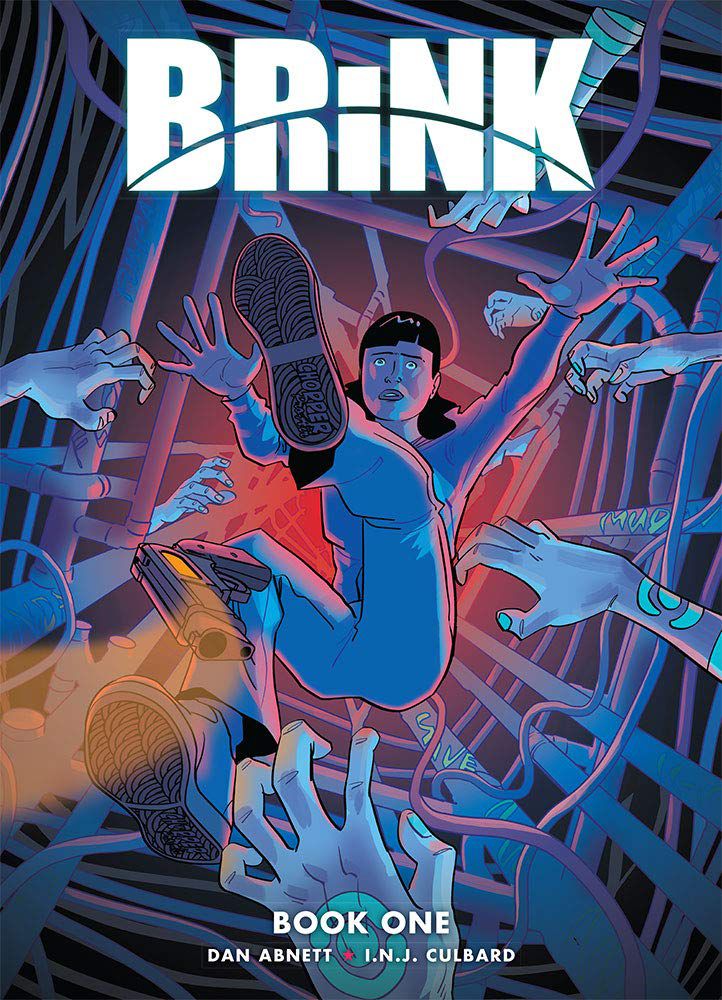
Image: I.N.J. Culbard/2000 AD
Brink by Dan Abnett and I.N.J. Culbard (2016)
The secret to Brink, a serial from iconic British anthology 2000 AD, is that it never lets the reader get too comfortable. It starts as one kind of genre mash-up — it’s a police procedural… in space! — before quickly revealing itself to be something far stranger by adding a layer of Lovecraftian horror. Things only spiral from there. For example, by the third series, there’s also an unexpected Downton Abbey vibe.
The plot for Brink is mostly simple. Long after humanity has been forced to abandon Earth and live in a series of massive space stations, future cop Bridget Kurtis gets involved in conspiracies on top of conspiracies, from religious cults to missing planets. It’s dizzying, it’s daring, and it’s unlike anything else on this list.
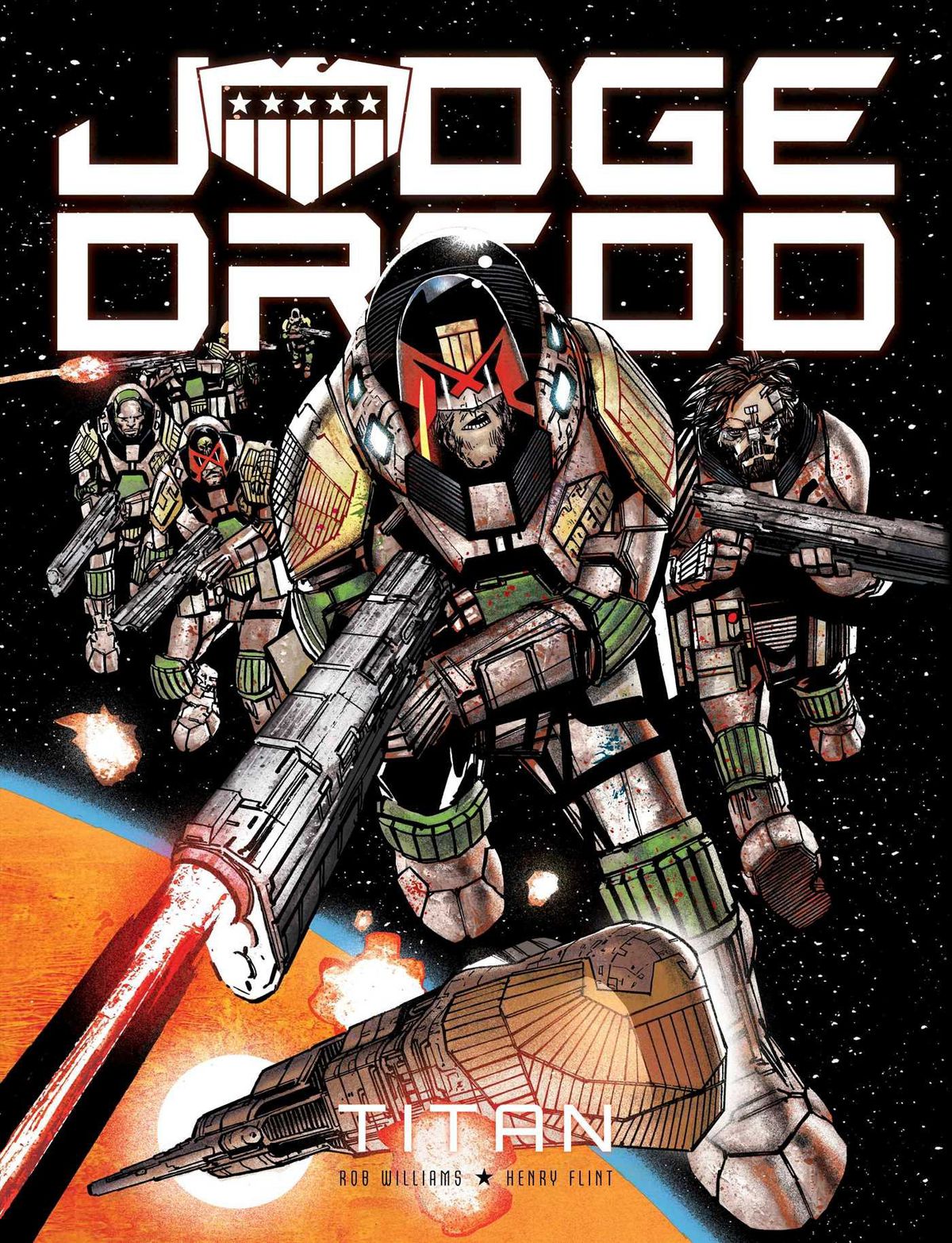
Image: Henry Flint/2000 AD
Judge Dredd: Titan by Rob Williams and Henry Flint (2016)
Lawman of the future Judge Dredd has dealt with all kinds of threats to Mega-City One in the 40-plus years since his 1977 debut in 2000 AD, including mutants, teenage psychopaths, supernatural entities convinced that life itself is a crime, pandemics, and the very notion of democracy. What makes the cycle of stories collected in Titan so unusual, though, is that Dredd has to deal with the existential threat of the justifiable anger of the incarcerated… with some explosions, alien technology, and ice monsters to keep it all visually engaging, of course.
Rob Williams and the perpetually underrated Henry Flint deliver a story that manages to straddle the fine line between smart critique of the strip’s status quo and pitch-perfect action thriller. At its best, Judge Dredd is science fiction like nothing else. Titan is Judge Dredd at its best.
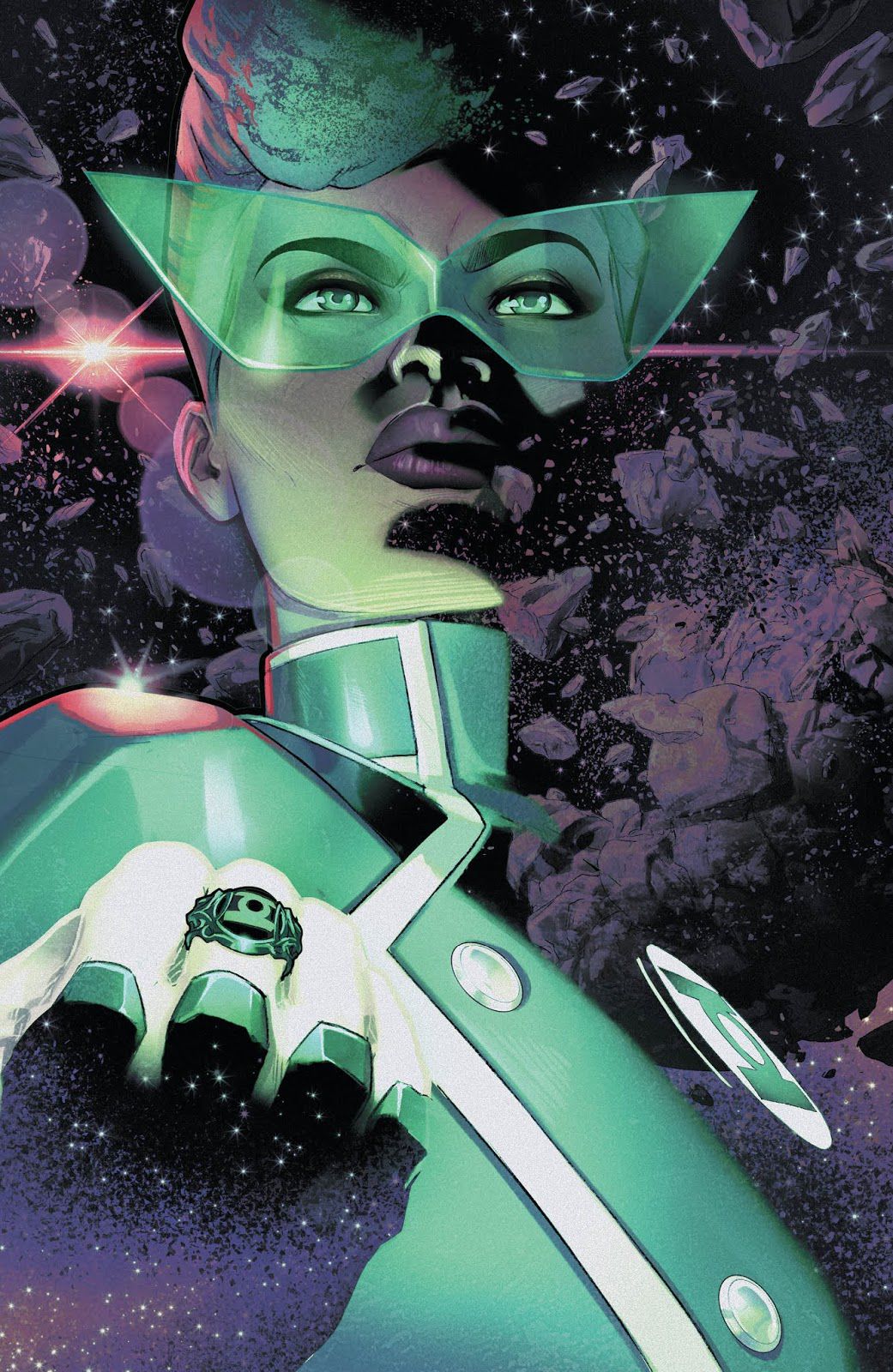
Image: Jamal Campbell/DC Comics
Far Sector by N.K. Jemison and Jamal Campbell(2019)
Nestled in the space between “standalone comic” and “DC Comics canon,” award-winning author N.K. Jemisin and GLAAD-nominated artist Jamal Campbell’s new take on the Green Lantern story — without any of the usual Justice League heavy hitters or Lantern Corps members — will likely have readers aching for this to be the new norm within the Green Lantern brand of sci-fi.
Newly-appointed Green Lantern Sojourner “Jo” Mullein has been protecting the City Enduring — a massive metropolis that has maintained peace for centuries — for the past six months. Unfortunately, the city’s vaunted unity has been achieved by stripping its citizens of all feeling and emotion, making crime of all sorts almost entirely unheard of. But the scales are ready to be tipped, and Jo is in for the test of a lifetime.
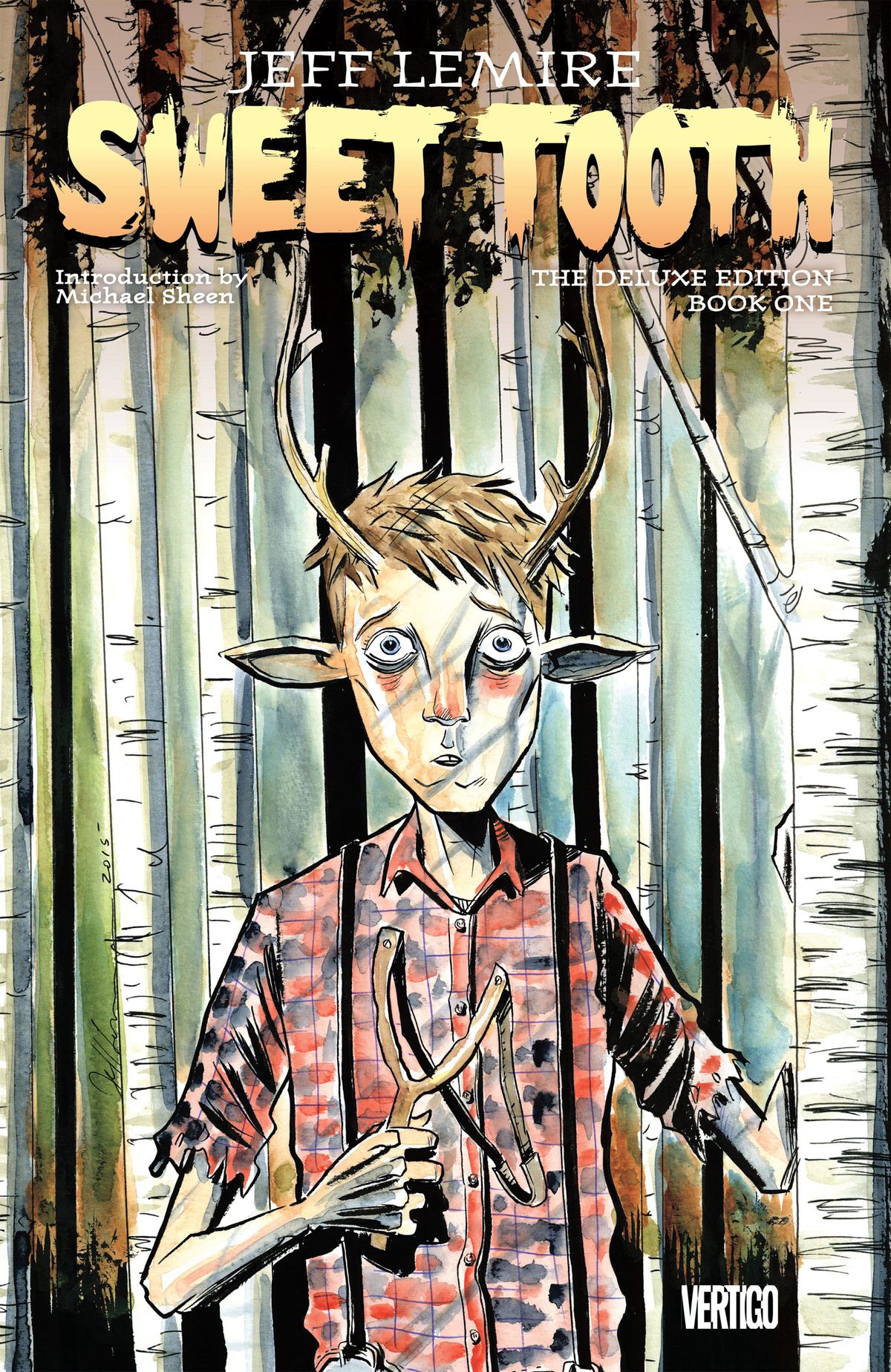
Image: Jeff Lemire/DC Comics
Sweet Tooth by Jeff Lemire (2009)
The post-apocalypse has taken many forms in sci-fi stories, but few if any others have antlers, a country-boy naïveté, and an ancient virus all packaged into one story. We can thank artist and writer Jeff Lemire for turning that around for us with Sweet Tooth.
Gus — a young “hybrid” who was born half-deer, half-boy — is left alone in a dying world after the death of his hyper-religious father. After leaving the safety of the woods, Gus is matched up with a hardened survivalist named Jeppard who lures Gus away with the promise of bringing him to a Sanctuary for hybrid children. Instead, he deposits him at a militia hospital that’s dissecting the hybrids to find a cure for the mysterious sickness. But bonds are strong at the end of the world, and the two of them — along with a whole host of bizarre characters — find it easier to face the mystery illness, and Gus’s tie’s to it, head on (antlers and all).
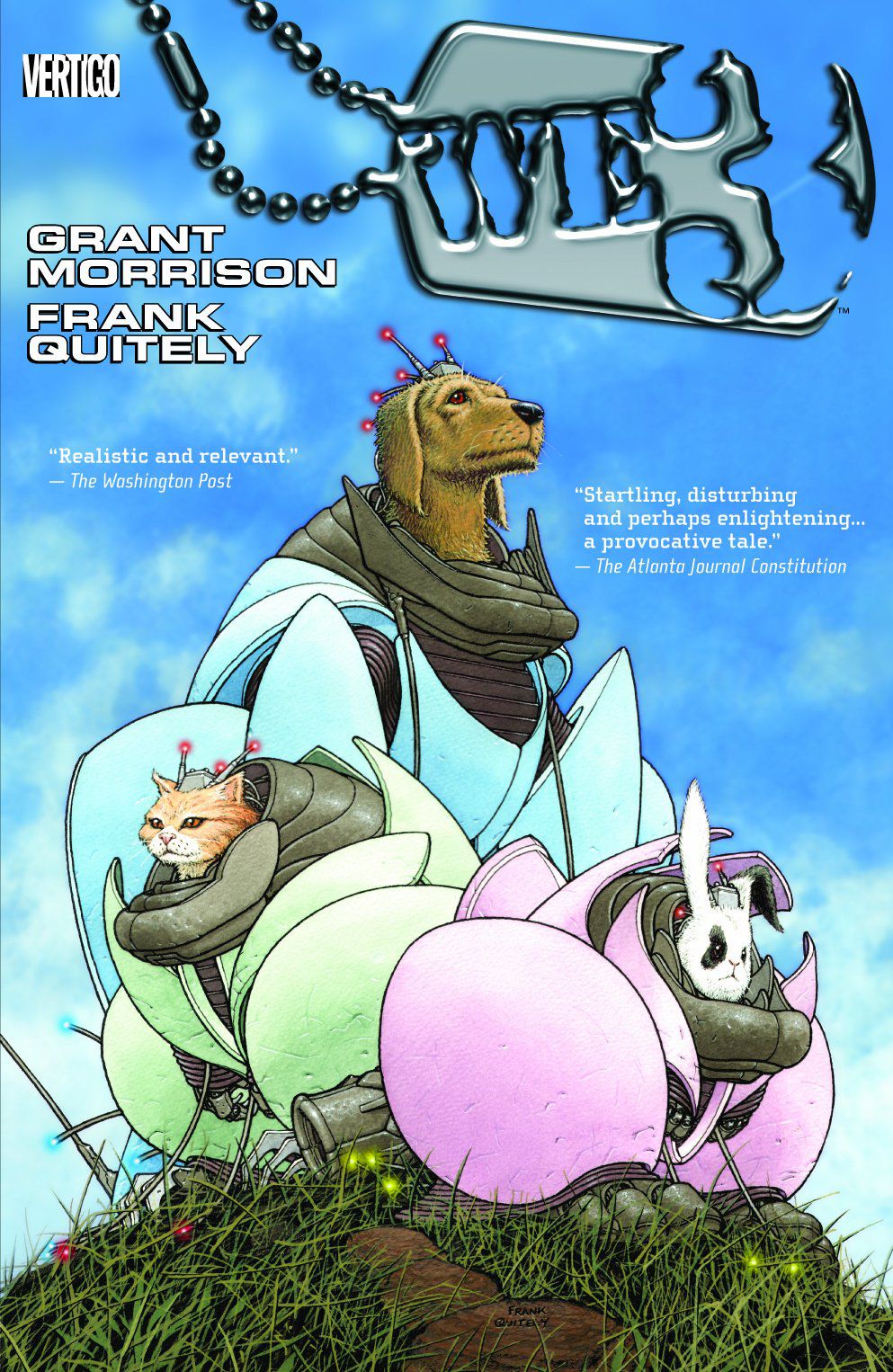
Image: Frank Quitely/DC Comics
WE3 by Grant Morrison and Frank Quitely (2004)
Some sci-fi is meant to make you think, some sci-fi is meant to make you feel introspective, and then there’s DC Comics’ WE3 by Grant Morrison and Frank Quitely, which manages to do both of those things. And also make you cry for weeks.
Much like the beloved movie The Incredible Journey, We3 is a story about three roving animals: in this case, a rabbit, a dog, and a cat named (respectively) Bandit, Tinker, and Pirate, all of whom just want to go home. Unfortunately, the three lovable pets are also escapees from a military facility that has bioengineered them into cyborg killing machines.
Armed with a heart-tugging sense of empathy often evoked by the sweet robotic chatter between the animals themselves, Morrison’s impressive gift for uncomfortable futurism, and Quitely’s always-inspiring attention to detail across the board, WE3 forces readers to question their part in the day-to-day weaponization that the future may hold.
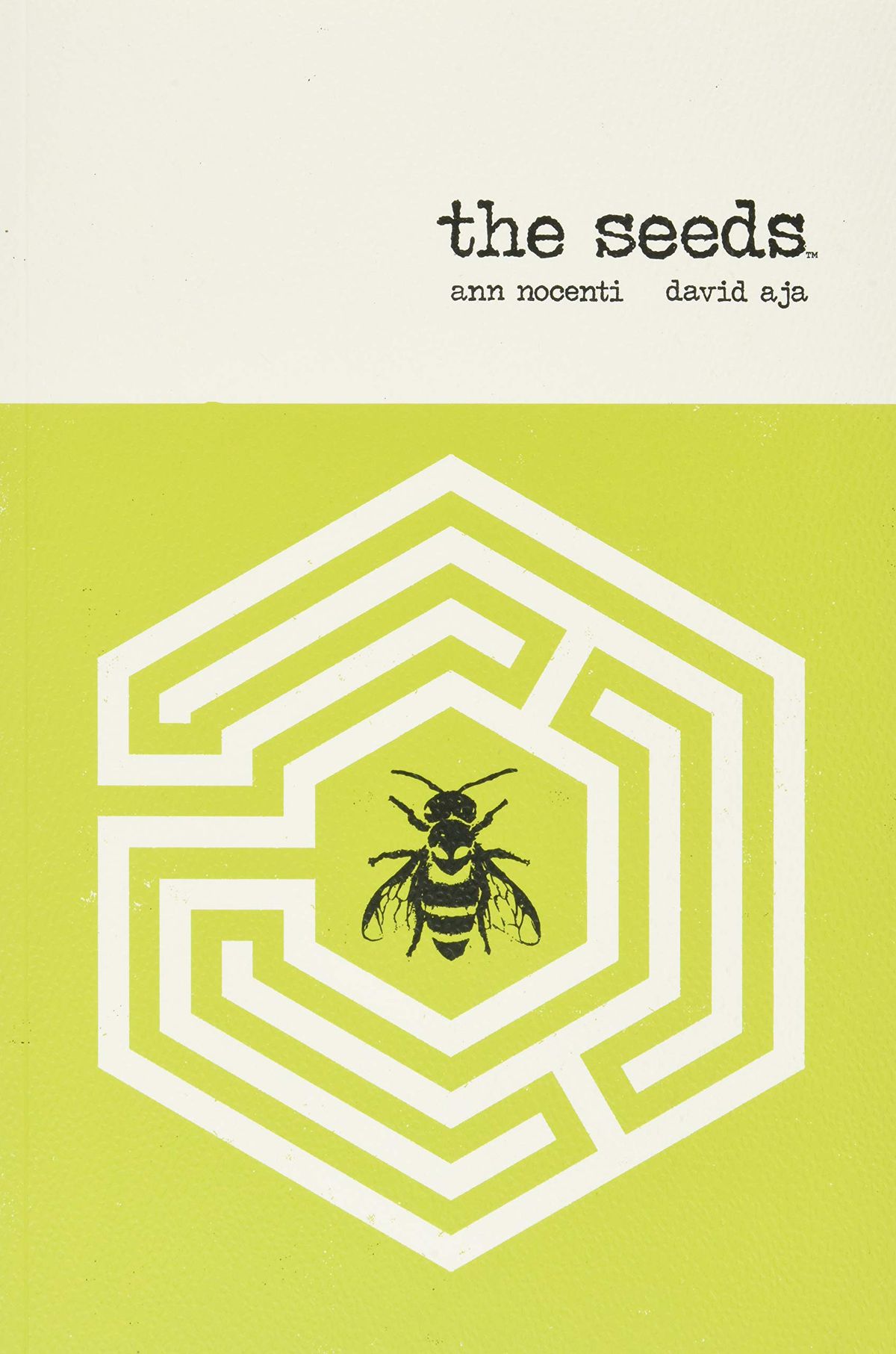
Image: David Aja/Dark Horse Comics
The Seeds by Ann Nocenti and David Aja (2021)
From the absolute comics-scripting powerhouse that is Ann Nocenti and the incomparable artist David Aja, The Seeds is an ecological alien nightmare dystopia, with some romance on the side just for good measure!
The Seeds takes places in the near future, where ecological disasters are the norm and the world is entirely reliant on technology. Few dare stray from the tech-obsessed norm, but those who do will be found out by Astra — an idealistic journalist who stumbles upon the story of a lifetime within the questionable Luddite community.
Nocenti whips the story through more twists and turns than a maze at express speed, in a way only Nocenti can pull off. Between that and Aja’s deft use of heavy inks, readers should be(e) prepared to find an eerily close-to-home lesson about reaping the seeds we sow.
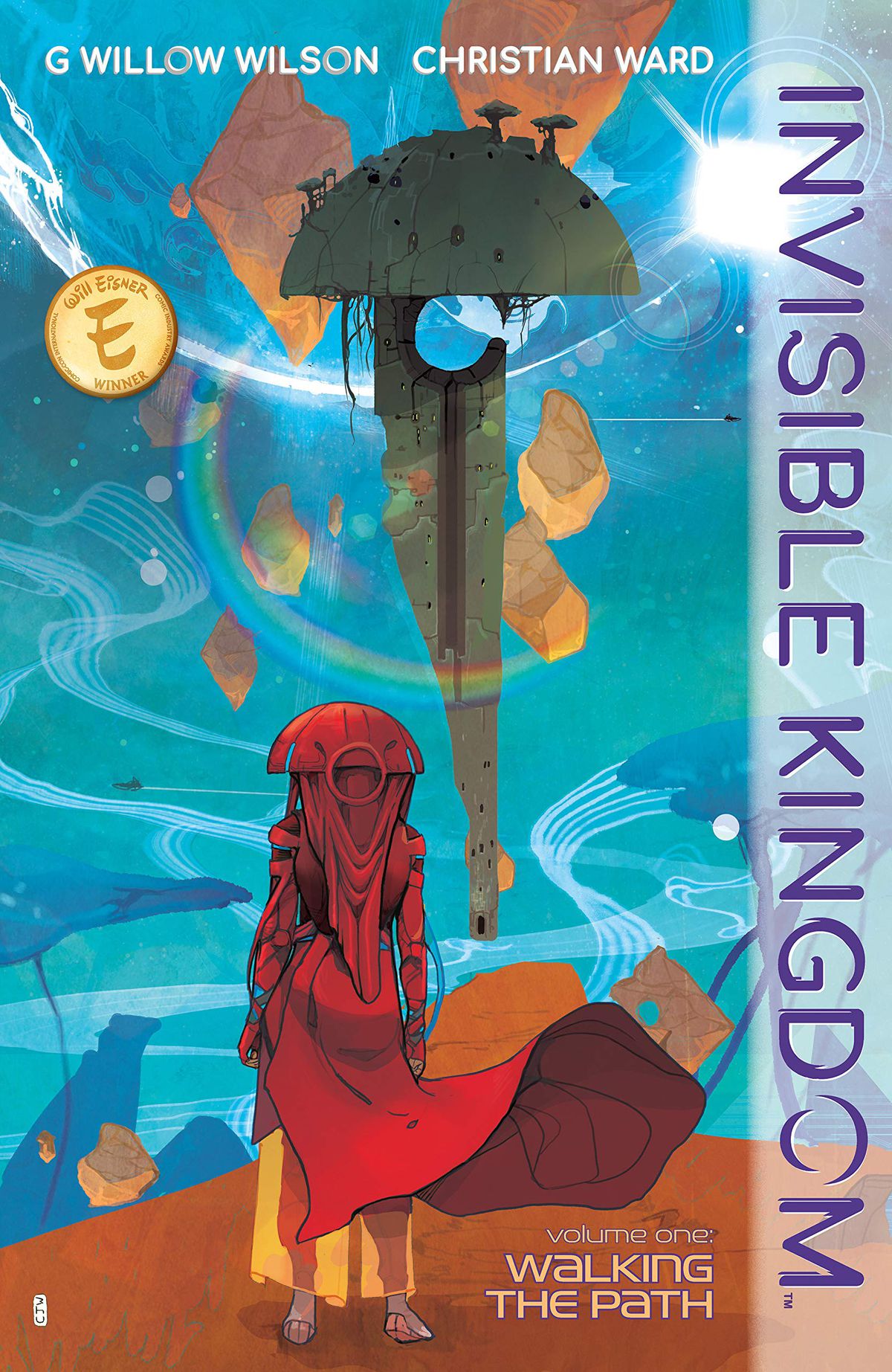
Image: Christian Ward/G. Willow Wilson
Invisible Kingdom by G. Willow Wilson and Christian Ward (2019)
Some sci-fi feels like messages from another world, with entire civilizations at once alien and a mirror of everything that surrounds us. That’s the case with G. Willow Wilson and Christian Ward’s expansive Invisible Kingdom, which may be the closest comics have managed to come to the Iain M. Banks prose experience yet — with the added benefit of Ward’s beautifully psychedelic painted artwork to keep everything moving.
In a galaxy ruled as much by a monolithic religious order as the corporation seemingly at the center of everything, there’s a conspiracy that threatens to undermine the beliefs everyone shares. When one young member of the religious order discovers what’s really going on, it’s the start of a story that involves renegade space freighters, epic quests, and questions about how far you’d go to bring difficult truths to light.
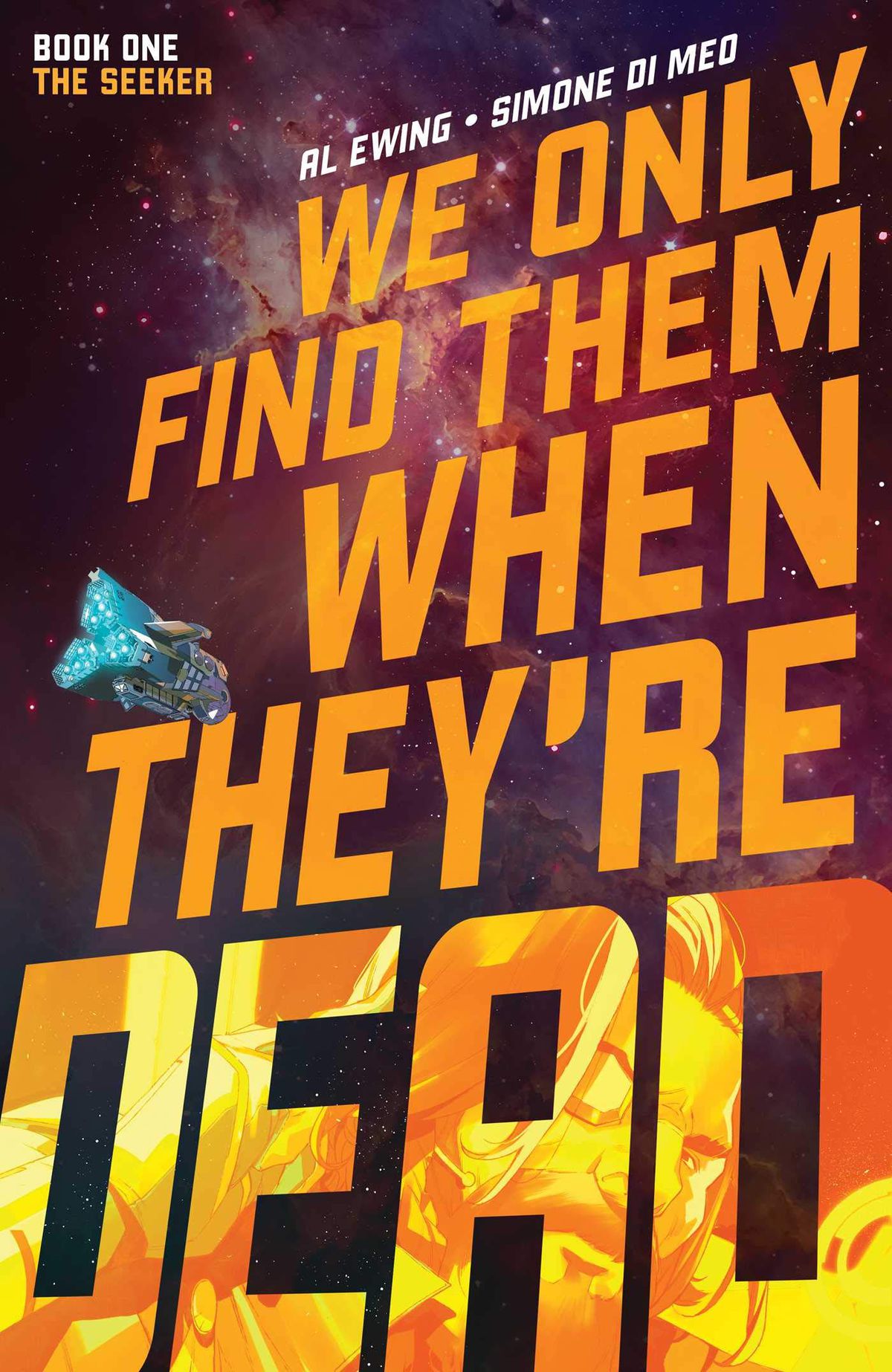
Image: Simone Di Meo/Boom! Studios
We Only Find Them When They’re Dead by Al Ewing and Simone Di Meo (2020)
If there’s one thing science fiction needs more of, it’s stories that ask the big, metaphysical questions about the very nature of our existence, while sneakily telling intimate relationship dramas about quests for revenge with spectacular visuals almost beyond imagination. Boom! Studios’ We Only Find Them When They’re Dead, thankfully, hits each and every one of these markers with style.
Al Ewing and Simone Di Meo’s space opera is a cosmic tale in which humans strip-mine the corpses of space gods for the resources to survive, with the series following one such crew trying to get ahead of the game by finding a living giant, instead. (Of course, things don’t go to plan.) If you can imagine Kubrick’s 2001: A Space Odyssey crashing into the middle of Ridley Scott’s Alien, you can imagine what this series feels like.

Image: Aminder Dhaliwal/Drawn & Quarterly
Woman World by Aminder Dhaliwal (2018)
Sci-fi is a genre wrought with terribly serious topics: Intergalactic wars. Various apocalypses. Giant robots that can level a city. What Drawn and Quarterly creator Aminder Dhaliwal brings to the table with Woman World, though, is not only a more heartfelt, fearless version of the genre, but one that is not afraid to be devastatingly funny in the process.
The comic began as a strip on Dhaliwal’s instagram, in which a gradual birth defect wiped out Earth’s entire population of men, and from the ashes came… Woman World. The only people who remember the past where men were alive are Grandmas, who regale young girls with stories of things like “That’s what she said” jokes, Paul Blart: Mall Cop, and the concept of Dad jokes.
The inhabitants of Woman World mostly struggle with the usual romance anxieties and occasional disagreements — but I guess figuring out how to repopulate Earth is kind of a big deal, too, or something.
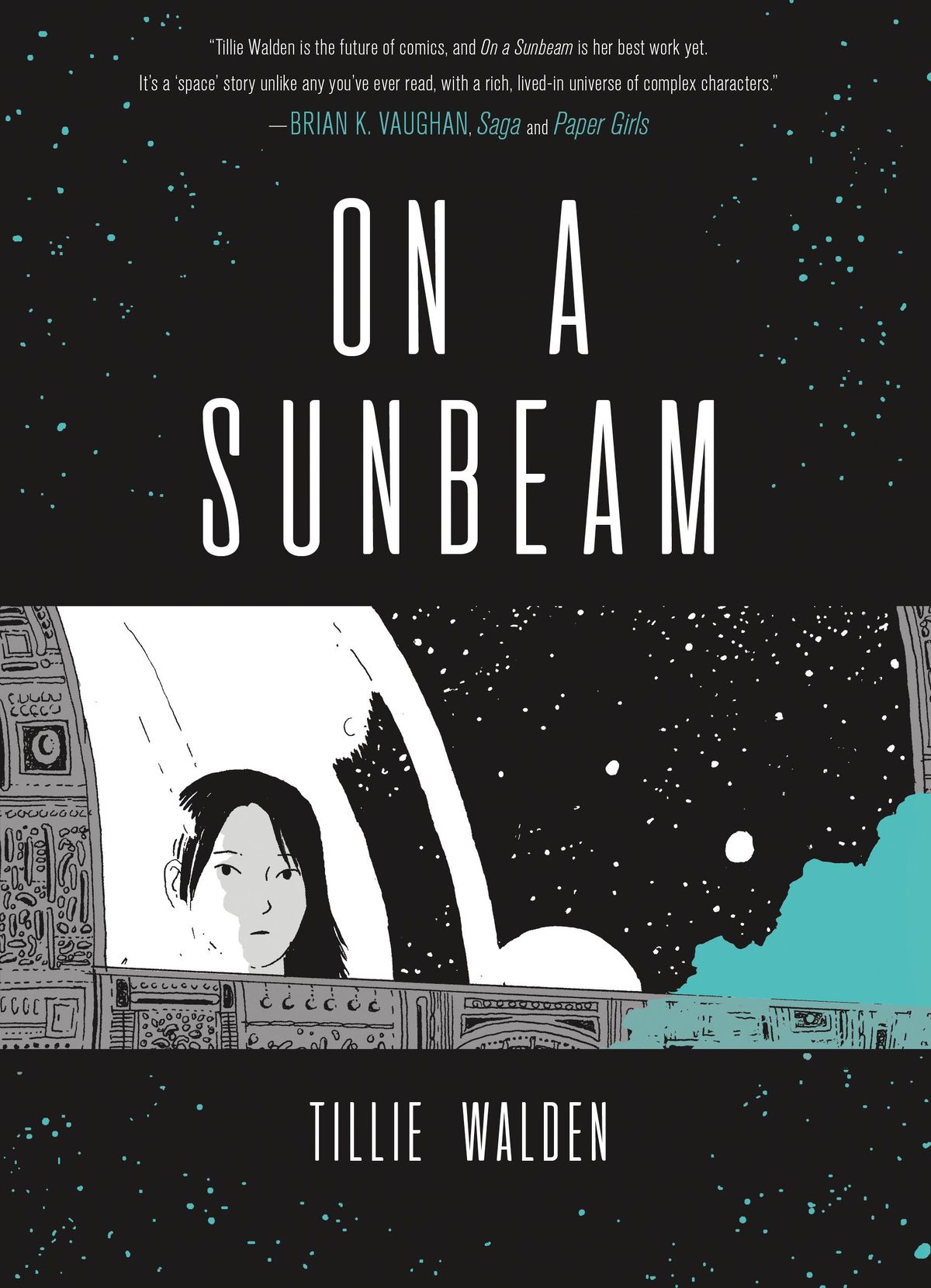
Image: Tillie Walden/First Second
On a Sunbeam by Tillie Walden (2018)
Told in a series of present-day vignettes and flashbacks, Tillie Walden’s On A Sunbeam melds queer romance, friendship, and space-faring adventure into a neat package that is nothing short of impressive.
A hefty graphic novel — collected from Walden’s webcomic series of the same name — the story takes place in a non-specified future and centers around Mia, a young woman adrift in life after having her lover Grace ripped from her arms. More than anything, Mia just wants to belong, but she may be able to find just that as she sets off on a spaceship across the galaxy to say goodbye to her love one last time.
More than anything, Walden is not afraid to play on the emotions of the reader, making it extensively clear that the void of space is nothing compared to a feeling of longing or needing to feel a part of a family — even if it’s a chosen one. Paired with impressive colors and a fantastically paced sense of tension, On A Sunbeam is perfect for those ready to cry about sapphic feelings in space.
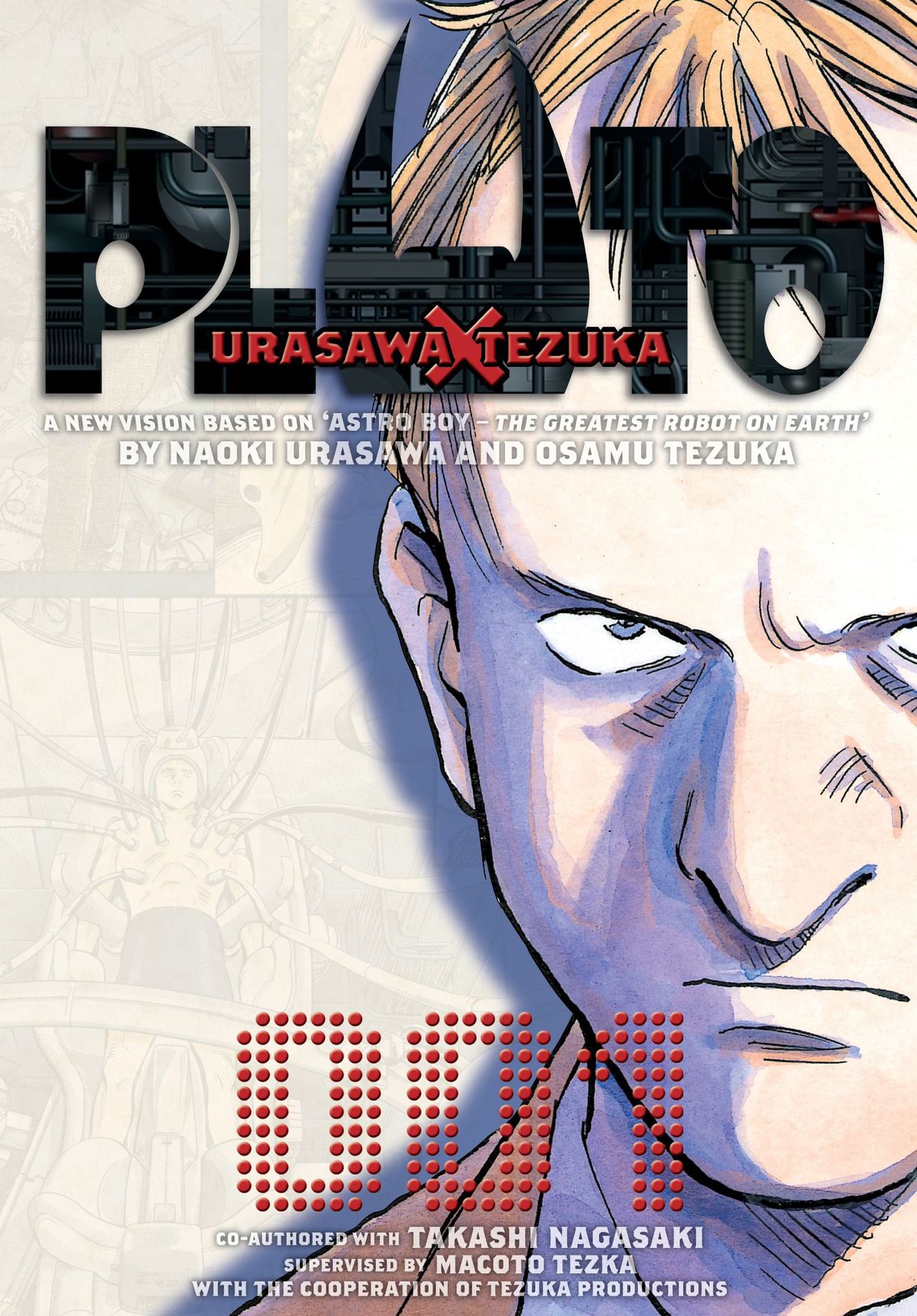
Image: Naoki Urasawa/Shogakukan
Pluto: Urasawa x Tezuka by Naoki Urasawa (2009)
Admittedly, the idea of “Astro Boy, but grim and gritty” sounds exhausting, but the surprise of Naoki Urasawa’s Pluto isn’t just that it both embodies that description and transcends it. It’s one of the greatest comics of the 20th century, even for people who couldn’t care less about Astro or his atomic age robot companions.
Pluto tracks an investigation into what appears to be a serial killer of robots and humans all across the world, headed up by a famous robot detective. It’s partially a retelling of an Astro Boy story — “The Greatest Robot in the World” — but Urasawa’s execution truly brings the series to life. His precision and patience recalls Watchmen, if only Alan Moore had managed to stay away from that giant squid ending.
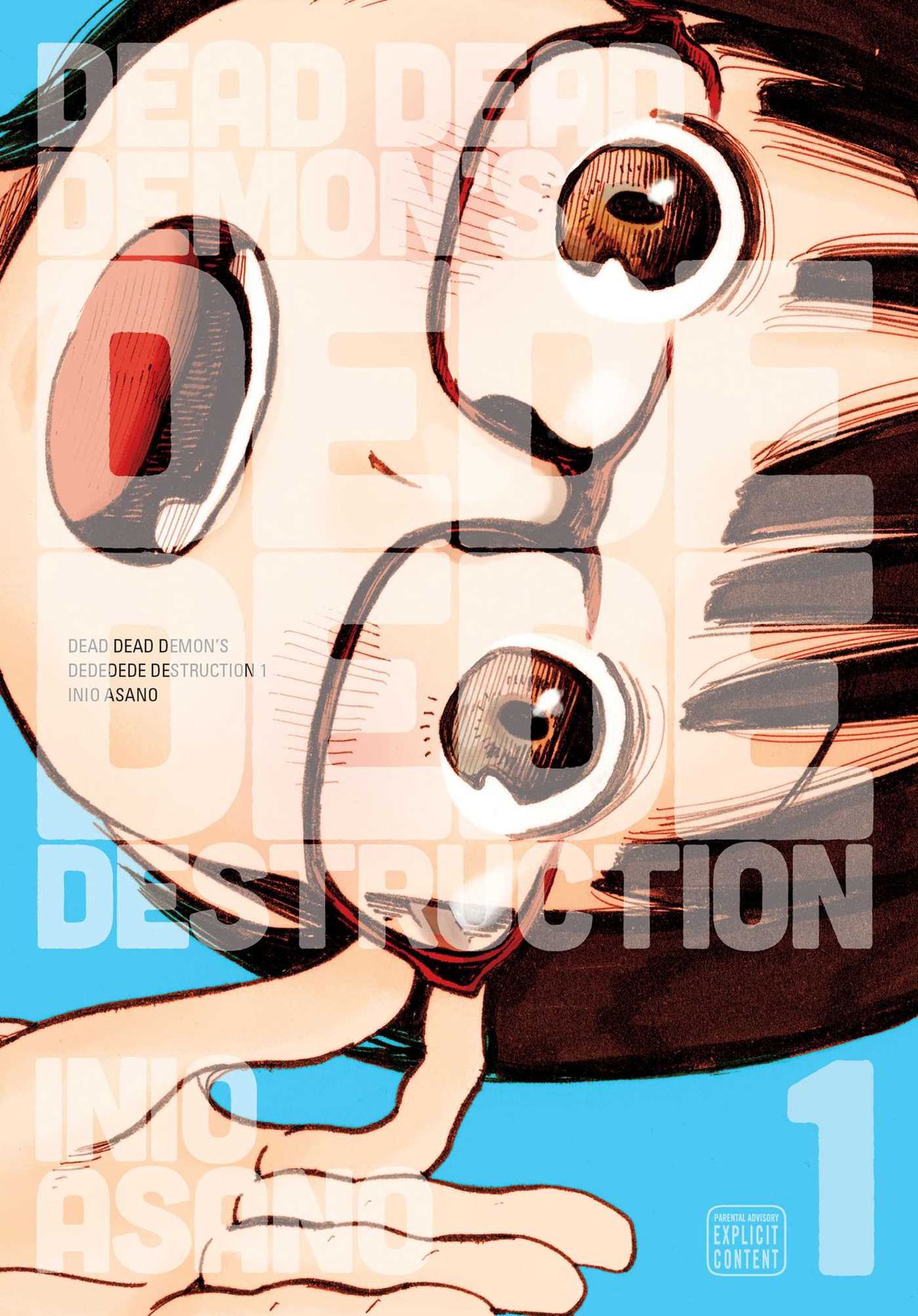
Image: Inio Asano/Shogakukan
Dead Dead Demons Dededede Destruction by Inio Asano (2018)
Okay, but… if you were trying to get into university, should it really matter that much that there’s been an alien invasion happening for the past three years? I don’t think so either. And neither do Kadode Koyama and Nakagawa Ouran, two high-school girls just trying to get by and make things normal for themselves again.
The first volume of Inio Asano’s hit manga series sees Koyama and Ouran doing their best to keep up with the latest alien-invasion news on social media, as they balance studying for exams. As Japan’s defenses gradually fail, the two begin to consider more drastic solutions.
Asano’s 10 volume-long sci-fi slice-of-life not only presents a spectacular example of an alien invasion in long-form storytelling, but offers the idea that maybe, at the end of the day, it’s best just to take things one step at a time and try to find the normal within the abnormal of it all.
